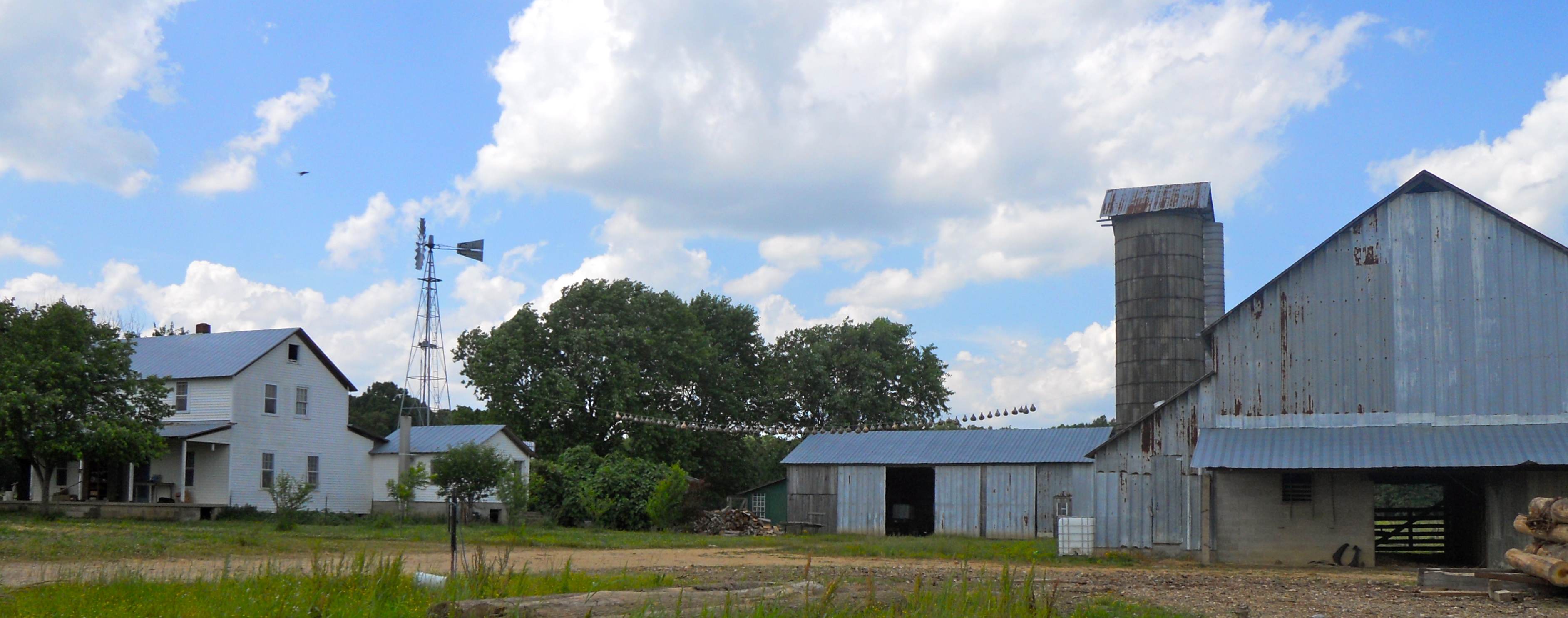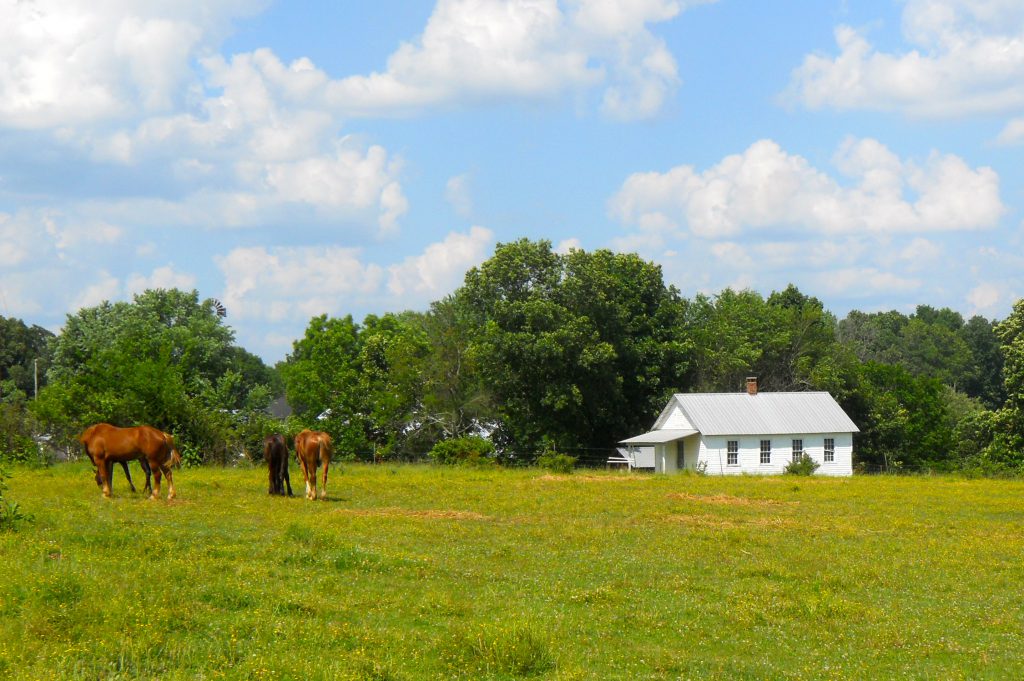
It has been ever so long since I’ve written here, and ever so much has happened in the Amish world as well as my own. The two came together this past weekend when I attended the conference at Elizabethtown College called Health and Well-Being in Amish Society. You can see the full schedule of speakers here.
I was on a panel with Sabrina Voelz, a professor from Germany, and Dr. Donald Kraybill. Professor Voelz’s talk was called, The Role of Ex-Amish Memoir in Breaking the Culture of Silence on Sensitive Subjects. She will hopefully be publishing her paper in the future. Dr. Kraybill’s talk was called Rearview Mirror: Reflections on What Shaped Me and What I Thought I Was Doing, in which he reflected on his life and his profession.
My talk was called From the Inside Out: Reflections of Amish Patterns and Traditions. Over the next several posts, I will be publishing my talk. Here is the first part.
When I was studying in Germany for a semester in 2006, I was surprised to discover “Dampfnudel” in the university cafeteria. My Amish mother used to make something called Dampfnip, which was made of bread dough steamed in a buttered cast iron frying pan on the top of the stove. We used to eat it with brown sugar and milk. The “Dampfnudel in Germany were served with a poppy-seed sauce, but it tasted a lot like the Dampfnip Mem used to make.
The experience of finding this dessert in Germany made me wonder how many other traditions are still being carried out in Amish culture, even though the origins of them have long been lost.
Because the Amish culture is not self-reflective as a whole, their traditions are often carried out unconsciously. Those who do not reflect on their lives, their faith, and their traditions are often considered the “good Amish” and are least likely to leave the fold.
There was a young woman who came to live with my husband and me soon after she had left her Amish community. She ran a bakery out of our home, which required that she rise early. Anna was interviewed for the PBS American Experience program The Amish: Shunned. One day, Callie Wiser, who was the director and producer of the program, was interviewing her in our living room. She asked Anna, “When you are kneading bread by yourself in the morning, what do you think about?”
There was a long pause. Finally, as if she was coming out of a fog Anna asked, “What do you mean?” Callie rephrased the question, but still Anna seemed unable to answer.
After the film crew left Anna asked, “What did Callie mean when she asked me that question about when I’m baking bread?” I said, When we are doing something we don’t have to think about, our thoughts turn to other things. Callie was asking where your thoughts go.” Anna looked dumbfounded.
The next morning Anna awoke as usual at the crack of dawn and had bread rising by the time I was getting my breakfast. She asked, “Do you want to know what I was thinking about when I was making bread this morning?”
“Sure.”
“I was thinking about that question Callie asked me yesterday. I never thought about my thinking before.”
This must have been quite the Aha! moment for Anna — going from being unconscious to becoming self-aware overnight. In my experience, once a person has become self-aware, it is impossible to become unaware. I often wonder how Anna is faring back in her community. She came from the strictest of the Amish, so I can imagine she could be encountering problems.
I remember being aware of my thoughts when I was still part of my Amish community. However, I did not reflect on the traditions I grew up with. Sure I’d ask why we couldn’t have bicycles, musical instruments, or Christmas trees, but inevitably I was told, “That’s just the way it is.” I accepted that they had been passed down from our European ancestors, and I didn’t assign any judgment about whether the traditions were good, bad, or benign. By this same indifference, I didn’t assign any meaning to them. I did this only after I left.
Twenty-four years after I left my community, I attended my father’s funeral and a year later, my mother’s. I was reminded what it was like to be a part of a community in which everyone knows their place and everyone does their part in carrying out the funeral traditions and rituals. It was something to behold to observe how the community came together to move furniture in the house to make room for church benches for the ongoing wake. The women prepared meals for the relatives coming in from out of town. The men dealt with the horses as mourners arrived for the wake and the funeral. Community members gathered by the hundreds to say their final farewells. The pallbearers prepared the grave and transported the body. The funeral director took charge of the proceedings. The elders conducted the funeral service. The family — including the extended family — mourned the loss of our loved one, surrounded by four hundred people. A parting song was sung in the slow German chant as the body was being tucked into its final resting place. This hymn had been passed down through many generations from our ancestors. Translated, the first verse is:
Good night, you my loved ones;
Good night, friends of my heart;
Good night, you who grieve,
And who weep out of love for me;
I nevertheless depart from you,
And you lay my body in the grave,
Which will rise again,
And I will see you forevermore.
My parents’ funerals moved me profoundly. The Amish rituals and traditions seemed to carry their souls from this world to the next. There must be something comforting for those dying to know how their funeral will be conducted without having to make a myriad of decisions ahead of time. Their focus can be on making the transition into the next world.
When I was still a practicing Amish person, I thought the language we spoke was a dialect that originated somewhere in Germany. But I have learned that it has its origins deep in the soil of colonial Pennsylvania.
Families had emigrated from different regions of German-speaking lands in the middle 1700s, bringing with them their various dialects. When these families got together in Pennsylvania, they devised a way of communicating with one another by mixing their dialects along with words from the English language. Thus Pennsylvania German was born.
A man by the name of Johann David Schoepf from Germany visited relatives in Pennsylvania and upon his return home he reportedly said, “Die Sprache, deren sie unsere deutsche Landesleute bedienen ist ein erbaermlich geradebrechter Mischmasch der englischen und deutschen — The language spoken by our countrymen is a disgracefully broken mishmash of English and German.”
The Germans were under pressure from Benjamin Franklin and other leaders to speak English and assimilate into English society, but the German speakers resisted. A printer named Christopher Sauer was an outspoken advocate for retaining the German language. He disseminated news in German as a way of resisting pressure from English society around them.
Originally the rebellion against the pressure to assimilate into English society was widespread among German speakers in Pennsylvania, including the Lutherans and the Reformed. Today the Plain People are alone in resisting assimilation by communicating among themselves in Pennsylvania German.
Being tradition-minded has its advantages. However, like any other culture, the Amish are no strangers to harmful patterns.
There are more and more stories surfacing of sexual abuses that occur in Amish communities, including the recent series of articles published in the Pittsburgh Post-Gazette. It is impossible for anyone except God to know how pervasive these problems are, but there are ways of thinking among the Amish that makes it hard for these incidents to come to light and more importantly for the victims of these abuses to get help. “Uffgeva” or obedience is an important aspect of Amish culture. Bishops are to obey God, ministers of the church are to obey the bishop; male members are to obey church leaders; women are to obey their husbands and church leaders; boys are to obey their parents, their elders, and church leaders; and girls are to obey their brothers, their parents, their elders, and the church leaders — pretty much everyone. So when children are molested and told to be quiet, most of them obey. Even if they want to tell someone, to whom can they turn? The practice of staying separate from the world makes it difficult for the abused to find the help they need. Silence always shrouds abuse and if there is any hope of breaking the cycle of abuse, the silence must be broken first. Thus the this Amish “justice system” becomes part of the silence so that the abused have no advocates and no voice. The only place for their trauma to go is underground into their unconscious.
To be continued…



I look forward to reading more of your talk and whatever you share.
Very interesting to read this!
Pingback: About Amish | From the Inside Out: Reflections of Amish Traditions and Patterns, Part 2
After reading the articles in our Pittsburgh Post gazette and then reading your blog my brain is on overload!! First, I’m so glad that this sin is finally coming into the light, though slower than one would like. I find myself feeling confused as to the way things are looked at within the Amish and Mennonite communities. In the articles the judge at one point said, “These are not merely sins but crimes.” The Amish seem to only have the mind set of things being sins to be confessed but not a criminal act that must be reported. Then I began to think about Anna and how she was so confused by the directors question of what she thinks about as she is making bread. Not only are their mode of transportation different from ours and their clothing different from ours but their whole way of thinking is different from ours!! Way different. There is so much about the Amish to be admired, even envied. Like how funerals are conducted and how you receive so much support from the community. However, like every where else in societies across the world, there can be and often is a darker side. Saloma, I am looking forward to reading the rest of your talk!!!
Pamela, thank you for your comments. I’ve posted the second half of my talk here on my blog now. In the comments section, I addressed the Amish way of thinking, which I hope you’ll find illuminating. Yes, the Amish way of thinking is as different from modern society’s way of thinking as night is from day.